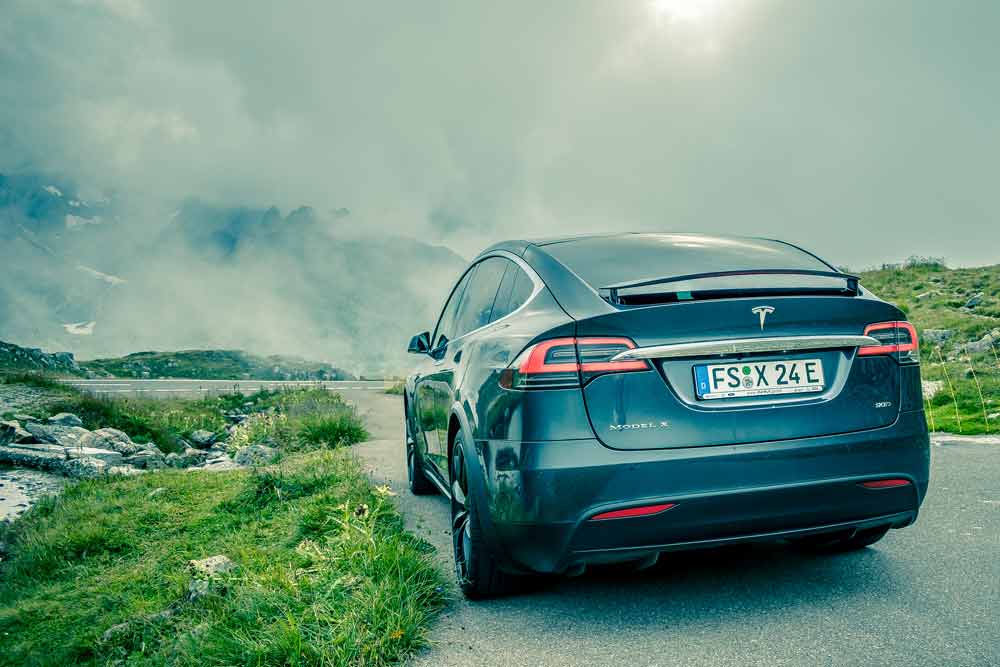
The choice to buy an electric car – or not – is for many consumers driven by purchase costs. A new report issued by RACQ has revealed telling figures that could be holding back the adoption of EVs in Australia.
The report, which covers a range of ICE cars sold within Australia as well as the Toyota Prius, BMWi3, Mitsubishi Outlander and Tesla Models S and X, compares purchase costs as well as loan repayments and interest against depreciation in value, plus running costs of registration, insurance, fuel, maintenance/repairs and replacement of tyres.
What stands out is that, in Australia, the high purchase price of a very limited range of electric vehicles available within Australia leaves them looking rather unattractive when compared to their petrol and diesel counterparts, despite the fact that running costs are generally considerably lower.
Comparing petrol models to electric models based on body type alone, the combined running and purchase costs of the cheapest hatchback – the Suzuki Swift GL – costs the consumer $29,977 over five years. In comparison, the BMW i3 hatch will cost the consumer $76,602 over the same period.
Even a prestige small ICE car such as the Volvo V40 5 door hatch will cost less than a similar BEV counterpart, at $60,239 over five years.
The Mitsubishi Outlander hybrid wagon also fails the five-year test against its ICE equivalent, costing the consumer $67,380 over that period, compared to $54,285.
The only models that are comparable in running costs are the Tesla Model S and X, which naturally share high purchase prices with comparable prestige ICE vehicles – but at $102,564 over five years for the Model S and $107,850 over five years for the Model X, this isn’t much use to the average car buyer.
But of course, it’s not the fuel and servicing costs that make EVs in Australia unaffordable – and this fact is backed up by RACQs figures, which show that the fuel/power costs of ICE vehicles are roughly twice that of EVs.
Speaking with Steve Spalding, RACQ’s head of technical and safety policy, he confirms that the real reason behind the price disparity is the higher purchase price of the electric vehicles that are currently available in Australia.
And until automakers introduce affordable electric vehicles to the market that meet the needs of the average consumer, that’s unlikely to change.
“There’s a real need to get alternative fuel options in the market for consumers, not just for those motorists that have a strong green leaning,” Spalding says.
“It’s important that manufacturers are able to put forward products that are affordable and stand on their own merit, without asking consumers to compromise. You can’t ask consumers to make that first step,” he continues.
Spalding illustrates the point with the challenge that fleet managers face when making the decision to go EV instead of staying with running ICE fleets.
The choice of vehicle “has to be functional and stack up financially. It’s the same challenge that consumers have, but not one they might consider so rigorously,” he says.
Once the automakers introduce EVs to the market that fit these requirements, the sales will follow, but it’s up to them to make that happen.
He highlights the case with the example of the electric/petrol hybrid cars, which when they first came onto the market were priced high and as a result were not competitive.
For example, the Toyota Corolla hybrid, which the Japanese car maker worked to bring down in price and now sits at around $2,000 more than it’s petrol equivalent and with fuel usage costs of 5.79c/km compared to 10.5c/km for the ICE model, is an attractive option for the consumer.
As for the argument that dealers are not pushing EVs, Spalding says that unless they have a model on the floor to sell when buyers ask the question, their hands are tied.
Ultimately, guiding the future of the EV market is up to the car manufacturers, and to a lesser extent, governments, says Spalding.
“Governments can help with education as a minimum, charging infrastructure – early things that they can do – but again, we need the products in Australia before the conversation can be had,” he concludes.











